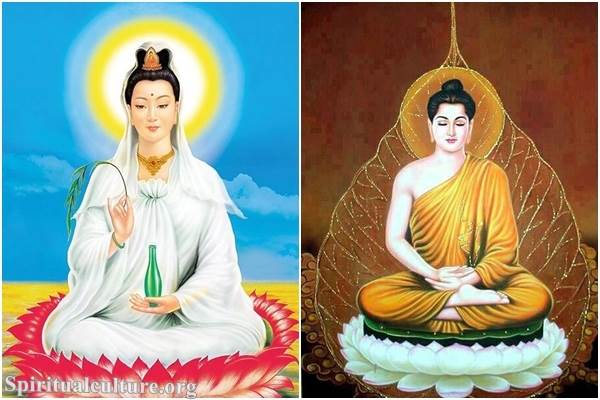The word “Tripitaka” is composed of two parts: “Tri,” meaning “three,” and “Pitaka,” meaning “baskets.” It refers to the three “baskets” or collections of teachings that make up the Buddhist canon. The Tripitaka is considered the primary authoritative collection of scriptures in Buddhism.

The three baskets of the Tripitaka are:
Vinaya Pitaka (Discipline Basket)
This basket is primarily concerned with the rules and regulations governing the monastic community (sangha). It includes guidelines on the proper conduct of monks (bhikkhus) and nuns (bhikkhunis).
The Vinaya Pitaka addresses various aspects of monastic life, such as rules related to personal behavior, the use of material possessions, interactions between monastics, and the procedures for handling disciplinary issues and conflicts within the monastic community.
The content of the Vinaya Pitaka is often organized into different sections, each dealing with specific aspects of monastic discipline.
Sutta Pitaka (Discourse Basket)
This basket contains a vast collection of discourses given by Gautama Buddha during his lifetime. These discourses cover a wide range of topics, including ethical conduct (sila), meditation (samadhi), wisdom (panna), and the nature of reality.
The Sutta Pitaka is further divided into several Nikayas or Agamas, collections of suttas organized by theme. Examples of Nikayas in the Pali Canon include the Digha Nikaya (Long Discourses), Majjhima Nikaya (Middle-Length Discourses), and Samyutta Nikaya (Connected Discourses).
Some well-known suttas found in the Sutta Pitaka include the Dhammapada (verses on ethical and mental training), the Satipatthana Sutta (discourse on mindfulness), and the Kalama Sutta (teaching on wise discernment).
Abhidhamma Pitaka (Higher Doctrine Basket)
The Abhidhamma Pitaka is considered the most analytical and philosophical of the three baskets. It provides a systematic and detailed analysis of the nature of mind, consciousness, and mental factors.
This basket delves into a highly technical and abstract exposition of Buddhist psychology and philosophy, aiming to categorize and explain the various components of human experience in precise terms.
The Abhidhamma is not presented in the form of discourses but rather as a set of treatises that elaborate on the teachings found in the Sutta Pitaka. Some important texts in the Abhidhamma Pitaka include the Dhammasangani (Enumeration of Phenomena) and the Patthana (Conditional Relations).
It’s important to note that the Tripitaka has variations across different Buddhist traditions. The Pali Canon is the most well-known version and is used by Theravada Buddhism, while other traditions, such as Mahayana and Vajrayana, have their own collections of scriptures with additional texts not found in the Pali Canon.





